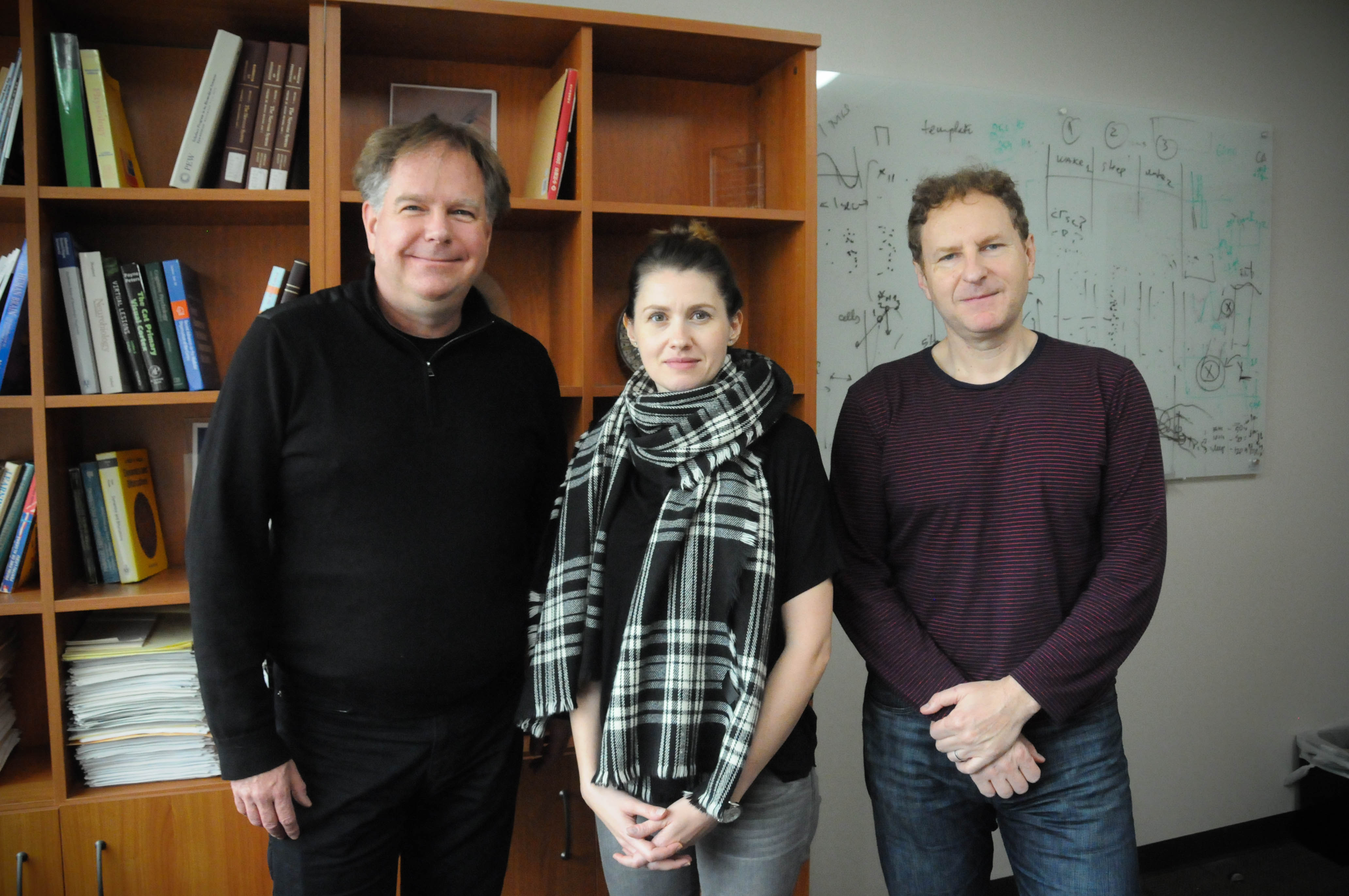Dragoi’s visual perception research published in Nature Communications

The human brain has been one of biggest scientific mysteries for centuries. Millions of signals carrying different types of external and internal information, such as structure, color, and emotion, flow through our brains during the course of the day, yet how the brain uses these signals efficiently to allow us to make decisions on a moment by moment basis is poorly understood.
The question that has plagued scientists for so long is how the brain accomplishes this task. What are the rules that brain cells must follow to come to a decision and how are the diverse signals we are constantly bombarded with during wakefulness integrated to influence perception and cognition?
Members of the Dragoi Lab at McGovern Medical School may be one step closer to answering that question in their recent study titled “Integration of cortical population signals for visual perception,” published inNature Communications.
“We want to cure neurological diseases like Alzheimer’s, Parkinson’s, and epilepsy, but we are unlikely to understand these diseases if we don’t know how the brain operates normally,” said瓦伦汀Dragoi, PhD,Rochelle and Max Levit Distinguished Professor in the Neurosciences, Neurobiology and Anatomy. “This is one philosophy that is guiding our research. We need to understand normal brain function, especially at the neural network level.”
In 2015, Dragoi, Janz, and Spudich were awarded a BRAIN Initiative award, granting them $2.8 million to explore novel technologies for causal manipulations in the brain, such as using light to perturb cortical circuits and influence behavior. As part of that research program, Dragoi and his team of postdoctoral fellowsArianaAndrei PhD, andSorin Pojoga PhD, as well as罗杰JanzPhD, associate professor of neurobiology and anatomy, were able to optogenetically manipulate in real-time neural circuits in the primary visual cortex to examine the limits of signal integration and their impact on behavior.
Dragoiand hisresearch team took advantage of newly developedoptogenetictools, and used light delivered through fiber optics to activate neurons.“This is difficult to do from a technical standpoint,” Dragoi said. “Those cells are sitting together in the cortex, and coexist in a soup in which cells are briefly active and then become inactive, and if you can’t isolate signals emitted from individual neurons you’re never going to understand their contribution to perception.”
However, scientists in Dragoi’s lab were able to shine blue light on a bunch of neurons to render them responsive even when visual stimuli don’t activate them. Conversely, not shining light on neurons created no response. By selectively manipulating cell populations when particular stimuli were presented on a computer screen they were able to dissect circuits responsible for perceptual decision making.
Through their observations, the team noticed that neurons follow a “proximity rule”. Neurons that are close together (within 300 microns or so) emit signals that the brain is able to interpret, whereas cells that are slightly more distant from each other emit signals that are ignored despite the fact that the net strength of the signals relayed to higher brain areas is identical in both conditions. They also discovered that the integration of electrical signals originating from separate cell populations is done using a complex rule that takes into account the magnitude of the neural signals as well as the strength of their interactions. Future work in Dragoi’s lab will be focused on manipulating larger networks spanning the entire decision making circuit to test the machinery responsible for our moment by moment decision making.
